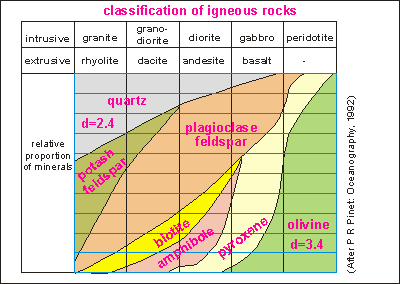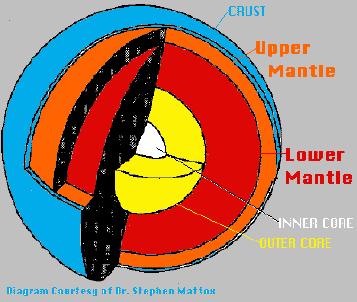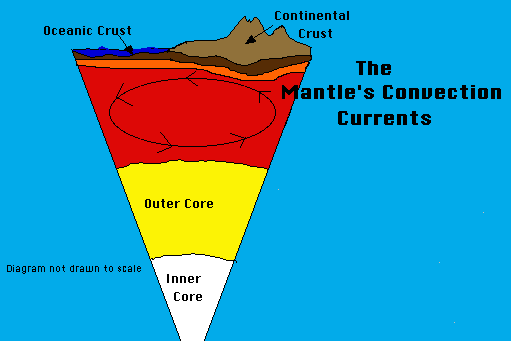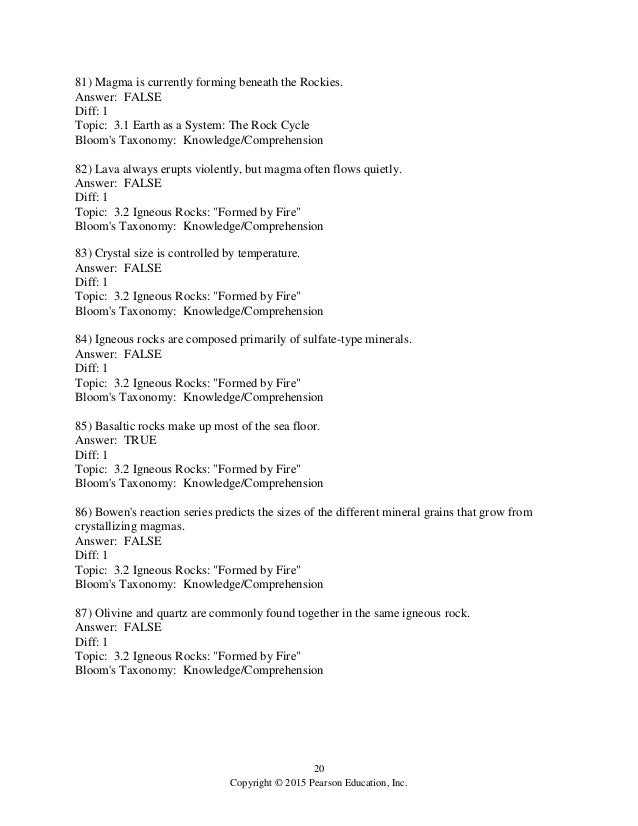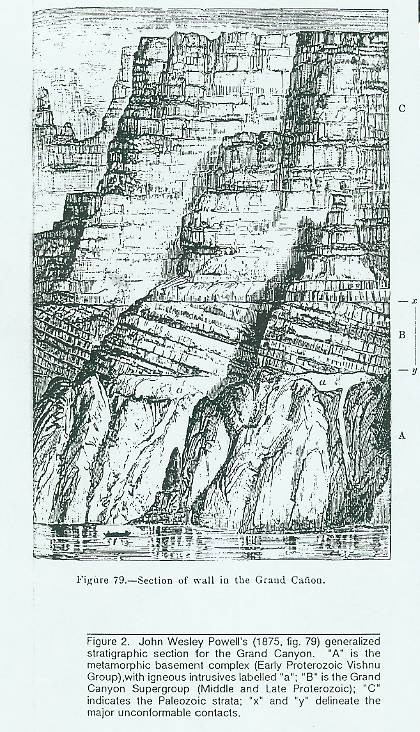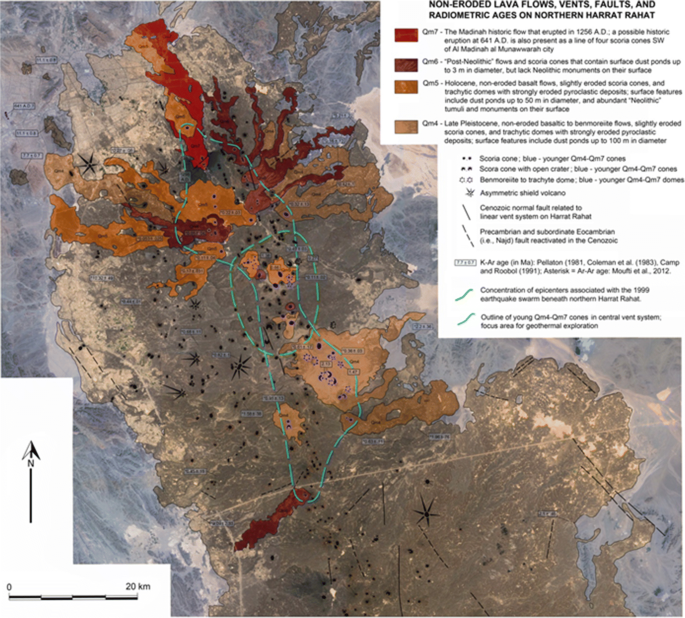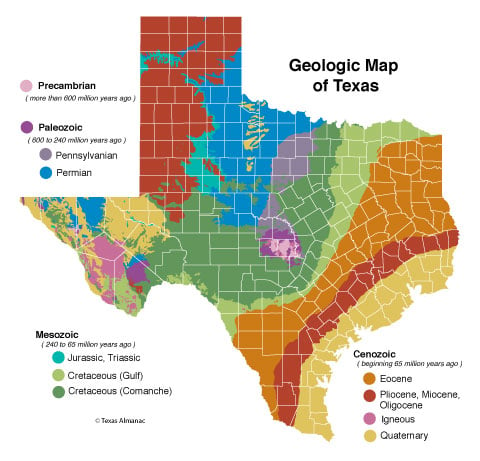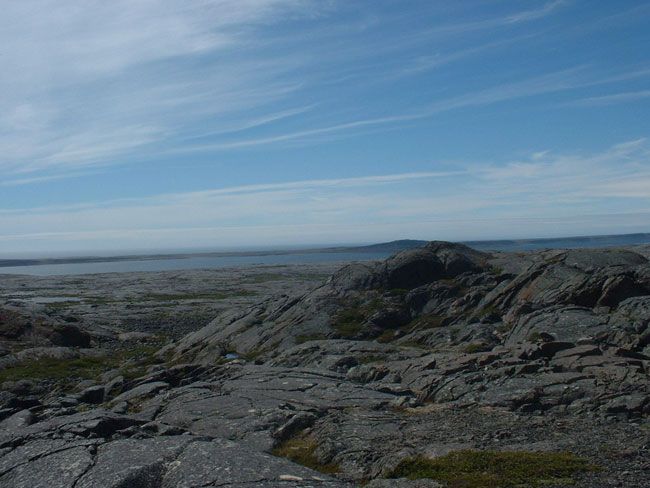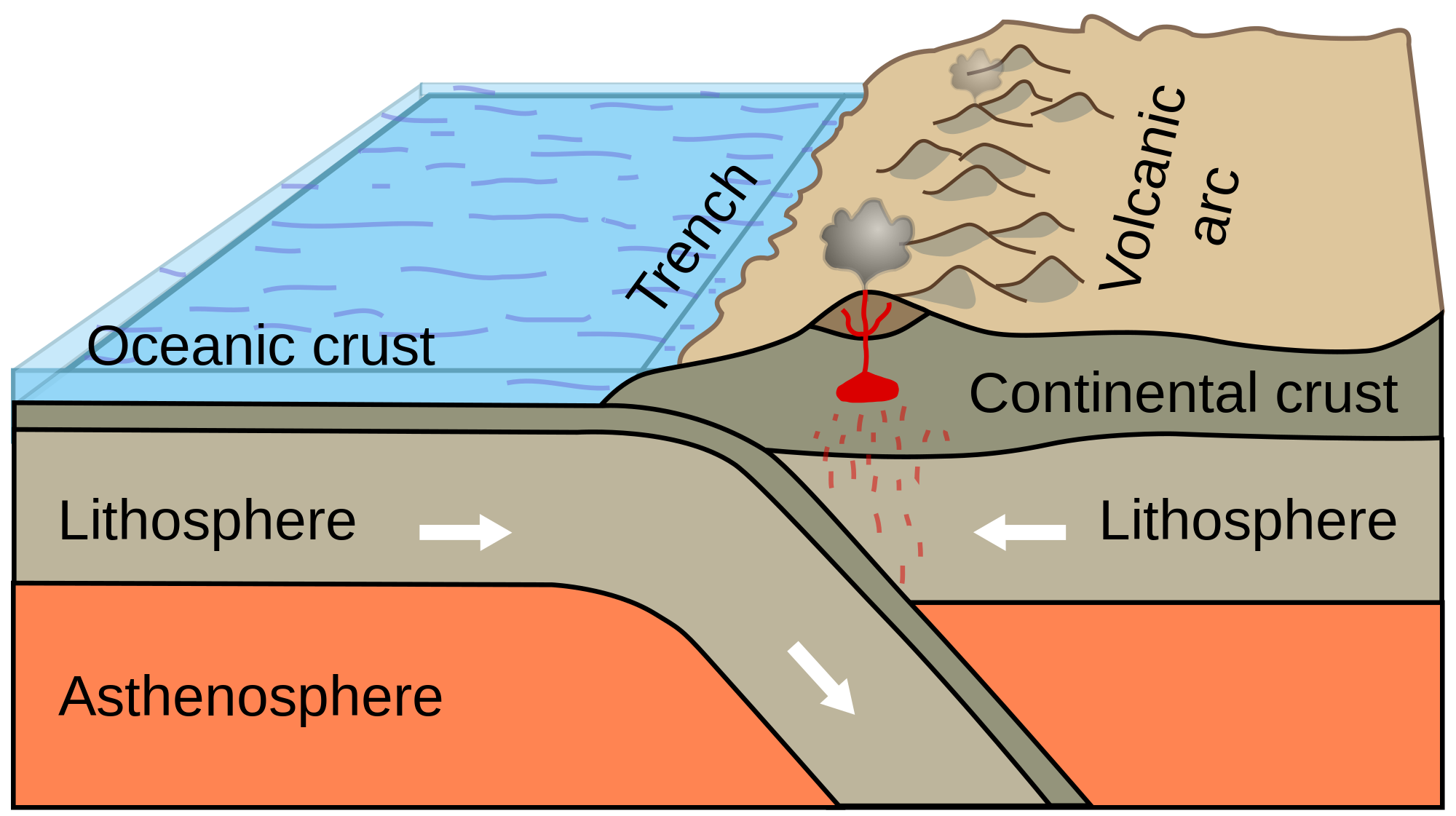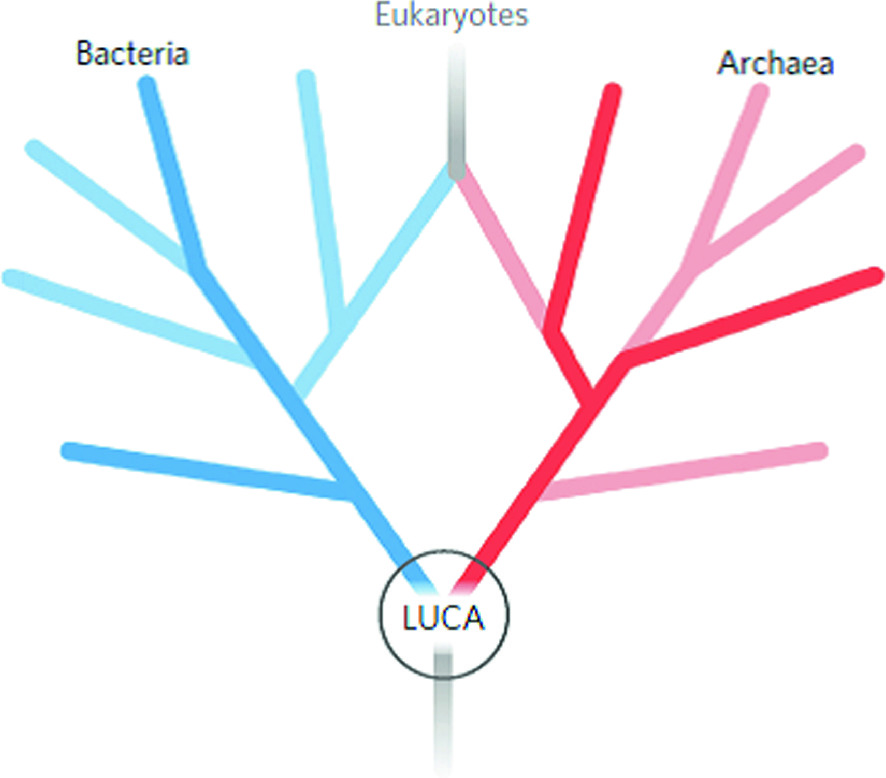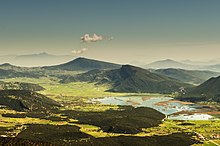Basaltic Rocks Make Up Most Of The Sea Floor True False
False t f slate is associated with high grade metamorphism.
Basaltic rocks make up most of the sea floor true false. The crust overlies the solidified and uppermost layer of the mantle the crust and the solid mantle layer together constitute oceanic lithosphere. One magma can produce several different igneous rocks having different mineral compositions. Oceanic crust is about 6 km 4 miles thick. Here convection currents deliver hot rock from deep in the mantle.
It is composed of several layers not including the overlying sediment. The density is about 3 0 g cm3 composed mainly of the igneous rock basalt. Basaltic rocks make up most of the sea floor. It is thinner denser younger and of different.
Basalt extrusive igneous volcanic rock that is low in silica content dark in color and comparatively rich in iron and magnesium. Obsidian exhibits a texture. The tholeiitic and the alkali basalts. True t f basaltic rocks make up most of the sea floor.
Have a similar texture. True t f lignite and bituminous coals are sedimentary rocks. Learn more about basalt in this article. Basalts may be broadly classified on a chemical and petrographic basis into two main groups.
True t f glassy igneous rocks form when magma cools too fast for mineral grains to grow. The slow cooling at depth allows large crystals to grow. Oceanic crust is the uppermost layer of the oceanic portion of a tectonic plate it is composed of the upper oceanic crust with pillow lavas and a dike complex and the lower oceanic crust composed of troctolite gabbro and ultramafic cumulates. Basalts at oceanic divergent boundaries.
This hot rock melts as the divergent boundary pulls apart and the molten rock erupts onto the sea floor. Granite and gabbro. Continental exceeds 70 kilometers under some mountainous regions while oceanic crust ranges from 3 to 15 kilometers. The uplift process that exposes the rock fractures them and makes them rough b.
Most of earth s basalt is produced at divergent plate boundaries on the mid ocean ridge system see map. Small holes from escaping gases leave them rough and course c. The topmost layer about 500 metres 1 650 feet thick includes lavas made of basalt that is rock material consisting largely of plagioclase and pyroxene oceanic crust differs from continental crust in several ways. Intrusive igneous rocks are often characterized as coarse grained because.
The average rock density is about 2 7 g cm3 composition is comparable to the felsic igneous rock granodiorite. The pressures at depth causes them to have a rough texture d.

